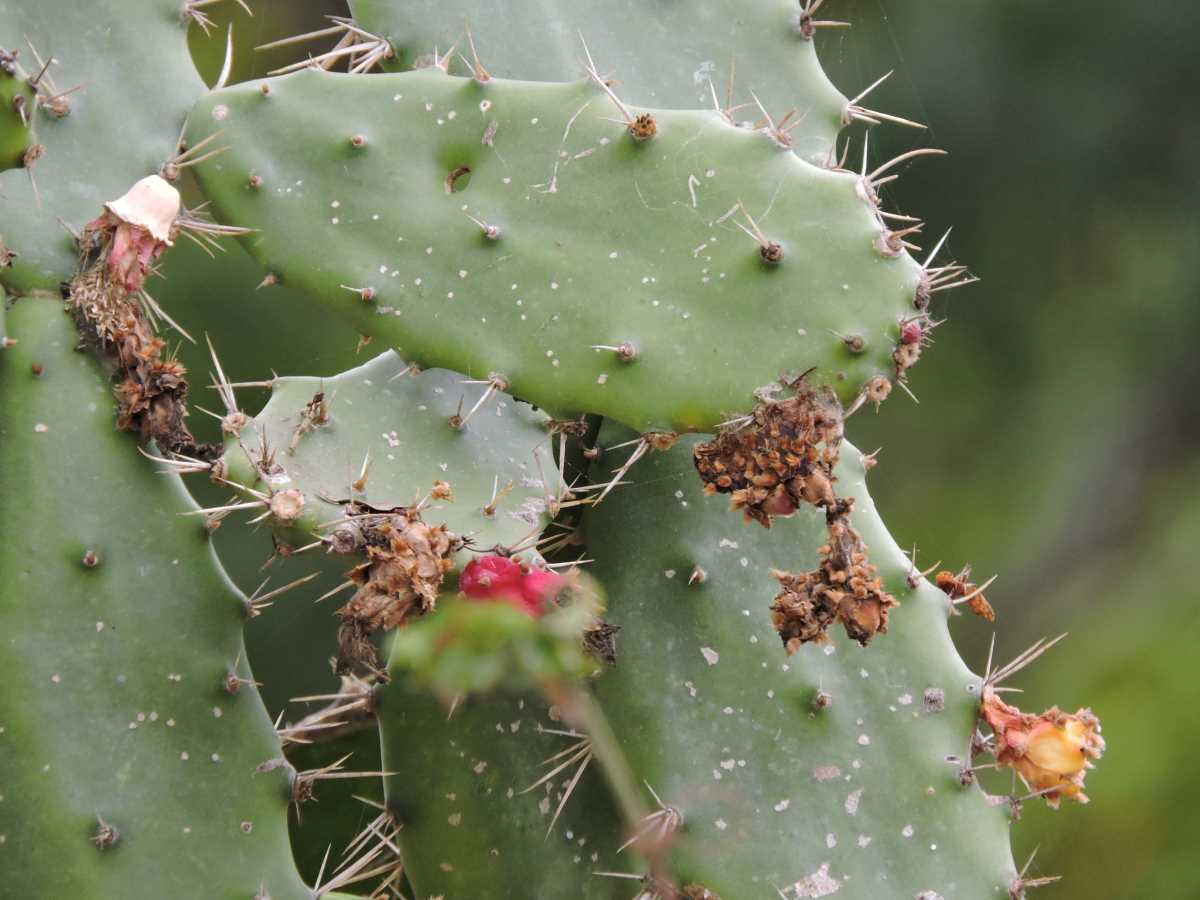Meet Mexico's 'Cow's Tongue' Nopal Cactus in Islas Marías
The Nopal Lengua de Vaca isn't just another cactus; it's a botanical marvel steeped in the rich biocultural heritage of Mexico. This unique species, native to the Islas Marías, defies categorization: it's both a fruit and a vegetable! But its allure doesn't stop there.

When one thinks of Mexico, a myriad of cultural icons might come to mind—fiery salsa, intricate crafts, Mariachi bands, or perhaps the iconic nopal cactus, so revered that it has earned a spot on the national flag. But did you know that a unique variation of this resilient plant, known as Nopal Lengua de Vaca, thrives exclusively in the Islas Marías? With its whimsical flowers and fascinating properties, this endemic species is far more than just a desert dweller; it's a botanical embodiment of Mexico's rich biocultural heritage.
The nopal is a remarkable species; it defies categorization. On one hand, it's a vegetable—when its tender pads are consumed, they’re known as “tender nopal.” On the other, it's a fruit—bearing the juicy, edible prickly pear. This dual identity makes the nopal a rarity in the plant kingdom, and it's not just its edible qualities that have scientists intrigued.




